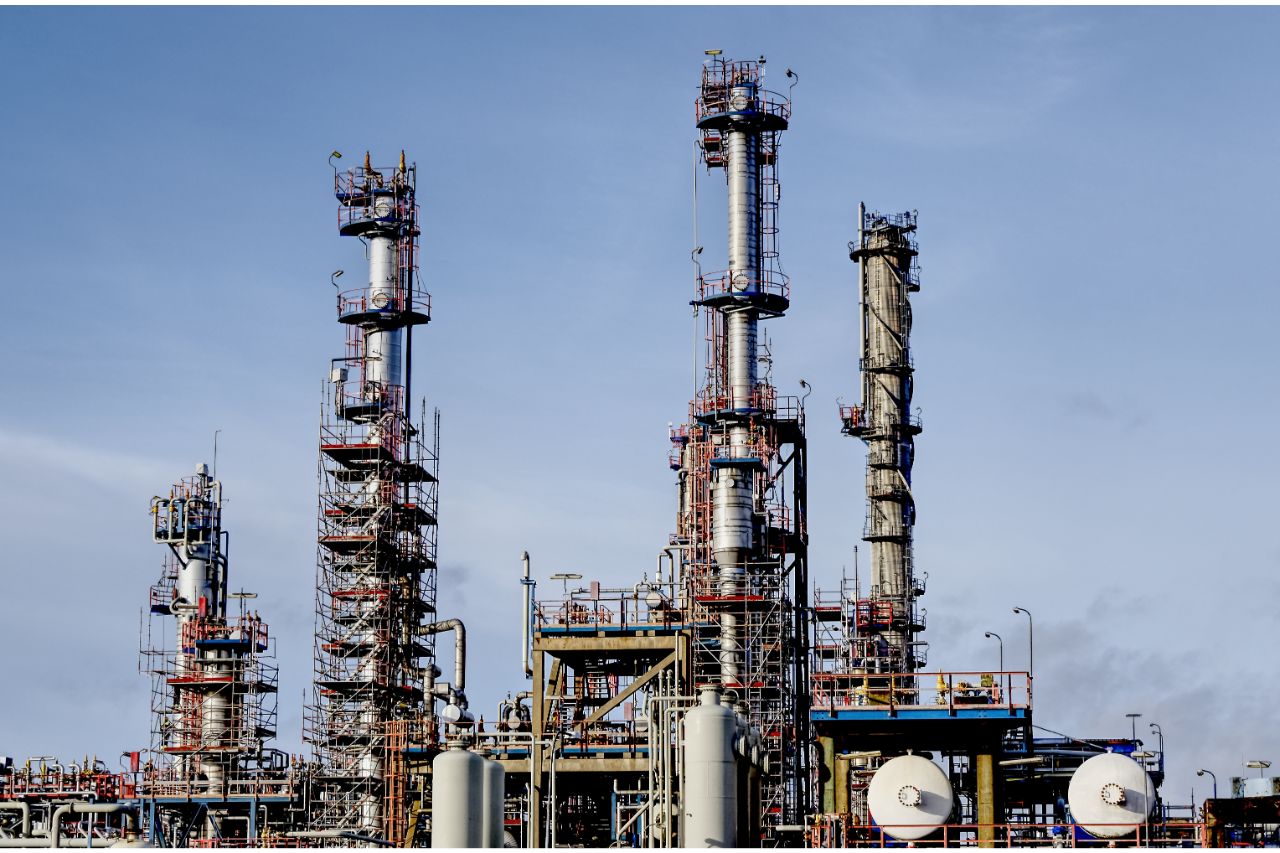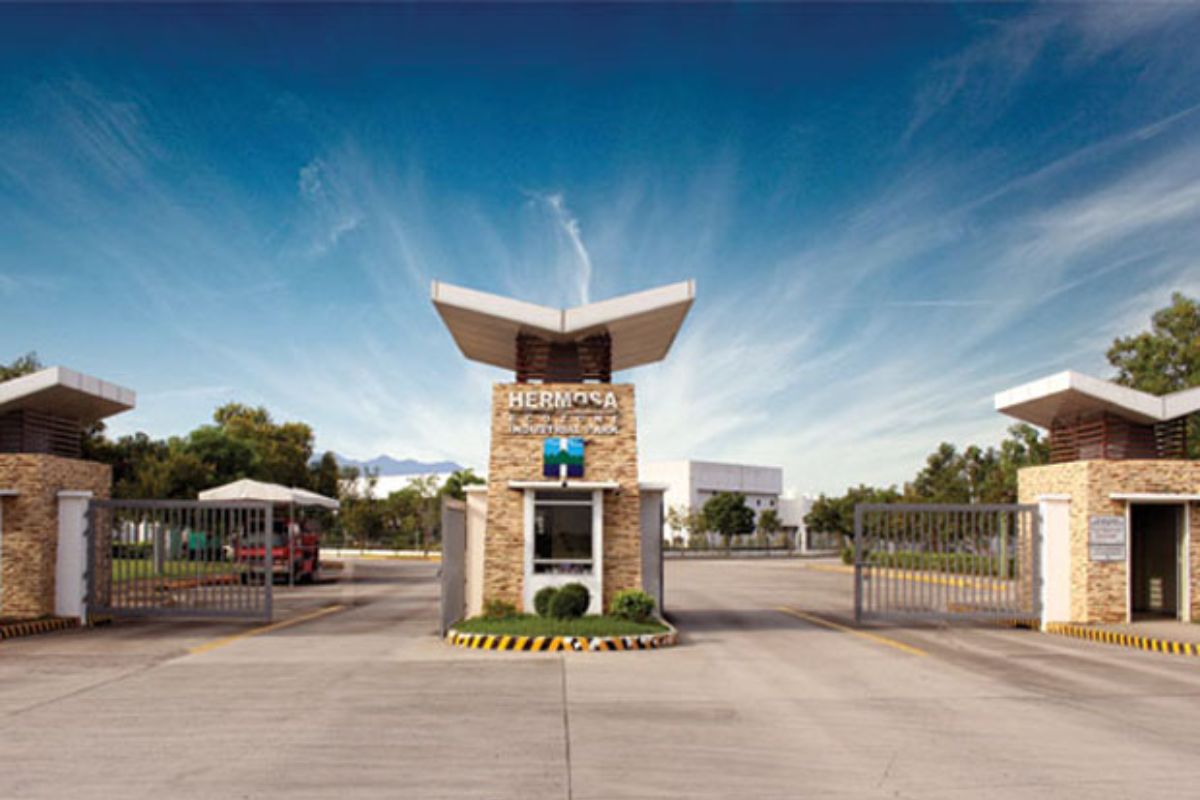What is the importance of energy management in industrial parks?
- Helps mitigate greenhouse gas emissions and global warming
- Reduces the dependency on fossil fuels
- Reduces energy-related costs while capitalizing on future growth opportunities
The industrial sector is one of the most power-intensive industries, involving great energy consumption. Unfortunately, the consumption of energy accounts for about 73% of global greenhouse gas emissions, providing an intrinsic cause and effect for ecosystems. With climate change plaguing societies across the world, the importance of energy management in industrial parks has become more apparent than ever.
There are a myriad of ways to reduce energy consumption and consequent environmental depletion, but energy management in industrial parks proves to be one of the most sustainable long-term solutions. Manufacturing companies that produce chemicals, metals, plastics, paper, machinery, food and beverage, and electrical goods account for a staggering 70% of industrial energy consumption according to the Annual Energy Outlook Reference case for 2020. Considering this, industrial parks housing major manufacturing establishments must strive to set up an effective energy management strategy.
In general, energy management involves tracking and optimizing energy consumption to conserve usage in a facility. Apart from its environmental benefits, it’s worth noting that energy management can benefit companies in industrial parks as well through reduced operational costs and sustained competitiveness. Continue reading on to learn why energy management is important for industrial parks.
Helps Mitigate Greenhouse Gas Emissions and Combat Global Warming
There is energy consumption involved in transportation use, electricity and heat production, manufacturing and construction, and many more. Whenever energy is consumed or is produced by fossil fuels, greenhouse gas (mainly carbon dioxide) is released into the atmosphere. In turn, this causes global warming.
Each year scientists learn more about global warming and its devastating impact on people and the planet. Declining water supplies, disappearing glaciers, rising sea levels, increased flooding and land erosion, heat waves, reduced agricultural yields, disruption of habitats, drought, insect outbreaks, wildfire, and increased disease outbreaks are all consequences of global warming. If we are unable to reduce our emissions, scientists believe that global warming could lead to the deaths of approximately 250,000 people around the globe annually and force 100 million people into poverty by 2030. During a time where a pandemic is threatening everyone’s health, global warming may prove to be a contributor to more worst-case scenarios.
Energy management in industrial parks is a global need as it mitigates the effects of global warming.
Reduces The Dependency On Fossil Fuels
It will also reduce the dependence on fossil fuels to target sustainable development. Fossil fuels are conventional sources of energy that release large amounts of carbon dioxide and increase environmental deterioration.
An industrial park in the Philippines such as the Science Park Of The Philippines Inc. (SPPI) continues to practice energy management across its facilities through centralized wastewater treatment facilities. The Light Industry and Science Park IV in Malvar Batangas and Light Industry and Science Park in Cabuyao, Laguna treat 1,000 cubic meters of wastewater daily. Using an activated sludge procedure, the wastewater contains biodegradable material which is first treated with anaerobic bacteria. Upon heating it, the methane gas produced is harvested and burned to generate electricity.
As part of SPPI’s comprehensive energy management plan, the industrial parks generate their electricity and meet the energy needs of their locators all while lowering the dependency on non-renewable energy sources such as fossil fuel.
Reduce Energy-Related Costs While Capitalizing On Future Growth Opportunities
According to Philippines industry experts, energy costs are expected to rise to P8.28 per kWh in June. Electricity rates in the country are among the highest in Southeast Asia, due in large part to the dependence on expensive imported diesel, oil, and coal. These being said, having energy management plans may cut down energy-related costs in industrial parks.
A pillar of energy management is conserving energy. If industrial parks rely on renewable energy, it would not only provide a stable source of power but would make the industrial park less dependent on local power companies. This is why the Science Park of the Philippines, Inc. always strives to keep costs down and opt for renewable energy such as solar power.
As part of its green initiatives, SPPI has partnered with PHINMA Solar to install solar rooftop panels for its Park Administration Buildings in the Light Industry & Science Park IV in Malvar, Batangas facility. Since the commencement of its operations, the 14 kilowatts (peak) solar panels provide about 90-100% of the building’s daytime power demand. This not only reduces energy-related operating costs but also meets energy needs for maximizing productivity and profits.
Growth is every organization’s goal, and with this growth comes the challenge of managing energy expenditures. If industrial parks continue with the business as usual practices, energy costs are expected to increase. Energy management in industrial parks facilitates better growth opportunities and helps sustain competitiveness.
Key Takeaway
The importance of energy management in industrial parks has become more apparent than ever. Fortunately, industrial parks in the Philippines are aware of the benefits of energy management for operational efficiency and society as a whole. If you are looking for an industrial park in the Philippines that is equipped with energy management strategies, click here to inquire from Science Park of the Philippines.



